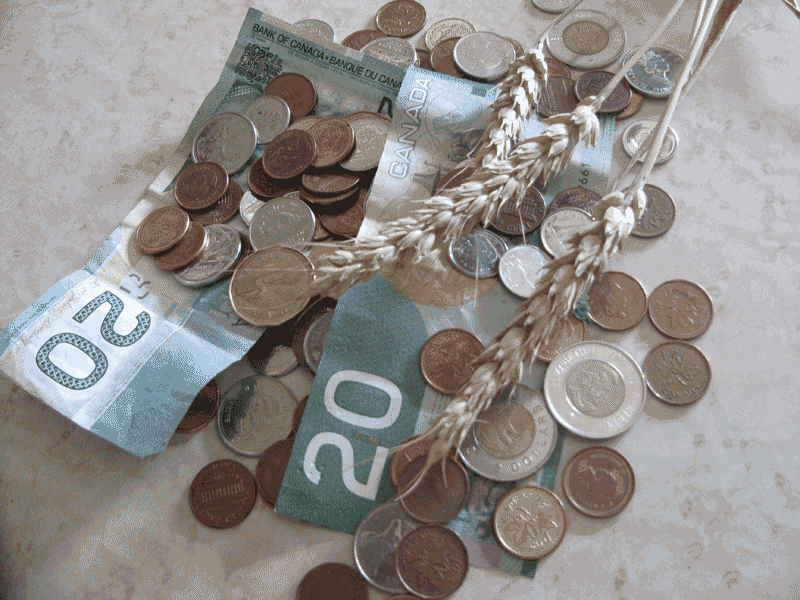Industry analysis
HIGHLIGHTS FROM RECENT ECONOMIC CONFERENCES
conservative was the key word being used by economists at the beginning of the summer. During one recent conference presentation, Derek Burleton, VP and Deputy Chief Economist at TD Bank Group, outlined a conservative growth forecast for the global economy in the near future. He indicated that it was dependent on various dynamics including the uncertainty in the European Union (EU) with Greece’s political instability and Spain’s economic crisis.

global outlook
Since his presentation, events have progressed in a positive light. Greece chose a conservative pro-EU prime minister and Spain received a life line through a substantial bailout. Yet global economic growth continues at a meager rate.
China, while still enjoying an eight percent growth rate, is not without its challenges in managing a lower growth in the economy compared to pre-recession levels. The difficulties stem from finding a balance in maintaining lower interest rates in the short run to prevent a sudden dive in the economy, while preventing long run inflationary effects on commodities which can cause political unrest. This seems to be the common denominator among other emerging markets like Brazil, Russia, and India. Together with China, they make up a group known as the BRIC countries.
BRIC countries were previously expected to continue growing at almost double digits regardless of what happened in the rest of the world. However, since the recent economic crisis, a bounce-back looks unlikely. Central banks have cut interest rates significantly but they continue to struggle with the decision to loosen monetary policy given high inflation.
BRIC countries are mainly driven by demographics and a high rate of investment. A prolonged period of sluggish and nominal GDP growth raises two main issues. First is financial stability. Nominal growth is currently at levels above the interest rate BRIC governments have to pay on international debt. However, this can spiral out of control if lower growth persists. A second, and more critical issue, is social instability. A high dispersion of income inequality exists among BRIC countries; and with an ever growing population comes a need to fulfil a growing influx of labour. If the economy cannot create and sustain future jobs, this can tip the delicate balance those countries have and can cause social upheaval and even a revolution.
The United States, while showing healthy signs of recovery, remains in a critical situation with what appears to be a case of federal long-run misplanning. The majority of the program cuts currently in place (like the payroll tax and defence spending) will soon expire. This in turn will send government spending back to levels that can severely impact economic growth by as much as 3% of GDP – essentially halting the economy given that the International Monetary Fund’s (IMF) recent Economic Outlook Forecast based on April was 2.1% for the US.
Canada’s economy remains stable. However, signs of a housing bubble are showing in certain regions, including Vancouver and Toronto. The current interest rate of one percent is likely to grow by two to three percent in the next three years.
the economic benefit of zero tillage
University of Saskatchewan’s Cecil Nagy and Richard Gray recently presented a research paper at the Canadian Agriculture Economic Society, highlighting the benefits of research and development (R&D) expenditure on zero tillage technology in Western Canada. The research shows that zero tillage technology has profoundly transformed agriculture in the region over the past fifty years. The technology has allowed farmers to increase crop intensity, diversity, and yields – while reducing various input costs such as fuel and labour. In addition, a substantial increase in productivity has been witnessed alongside a significant reduction in soil erosion.
The widespread adoption of zero tillage technologies since the 1970s has also had a significant spill-over effect into other industries, namely manufacturing. The spill-over is seen primarily through the rapid expansion of seeding equipment production for the local and international markets.
Nagy and Gray estimate a return of approximately $52 for every dollar spent on zero tillage R&D by the public, NGOs, and private sector. This translates to an internal rate of return of 34% to the direct and indirect R&D investment. In addition, half of the $3.4 billion in net research benefits was captured directly by farmers through input cost reductions. On the manufacturing side, R&D expenditure of zero tillage machinery over the past five decades is estimated to amount to $60.5 million, producing a rate of return of $121 in sales for each dollar invested. •






















